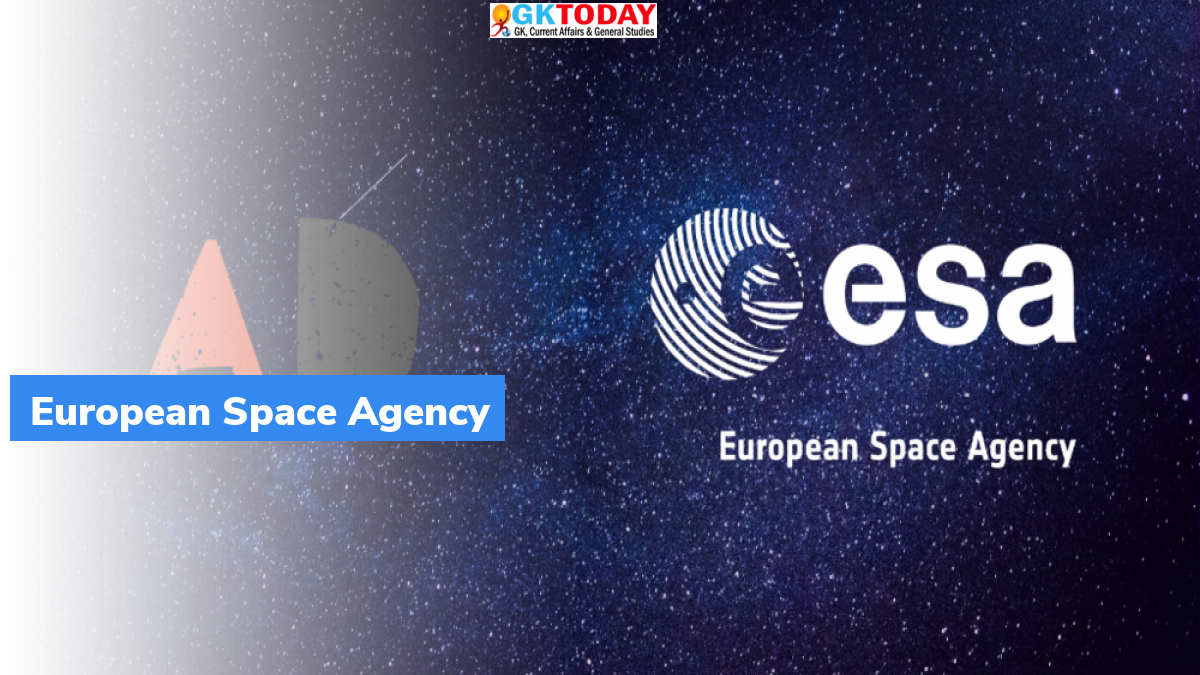Proba-1 completes 20 years
ESA’s Proba-1 minisatellite was launched two decades ago, on October 27, into orbit. It has completed 20 years.
Key Points
- The minisatellite remains fully operational for 20 years.
- It is the oldest serving Earth observing mission of the agency.
- Proba-1 is roughly the size of a hotel fridge. It hosts two Earth-observing instruments together with several technological firsts.
- Probe 1 is the first in ESA’s family of ‘Project for On-Board Autonomy’ missions.
- It started life as a technology demonstration satellite and later became an Earth observation mission.
- It is highly automated and introduced several mainstream technologies to space, such as, lithium-ion batteries, use of star trackers for gyro-free attitude control and gallium arsenide solar panel as well as ESA-developed ERC-32 microprocessors that run its flight computers.
CHRIS
The main hyperspectral CHRIS (Compact High Resolution Imaging Spectrometer) goes along with monochromatic 5-m spatial resolution High Resolution Camera.
Significance of proba-1
Proba-1 mission carry several low-cost, commercial-off-the-shelf systems and components. It is sometimes described as ‘NewSpace before NewSpace’. This mission continues to deliver imagery to scientists across the world. It also provides valuable data on longevity of space systems and components.
Proba-2
Launch of Proba-1 was followed by the launch of Sun-observing Proba-2 mission in 2009 and vegetation-tracking Proba-V mission in 2013 as well as double-satellite Proba-3 for demonstrating precision formation flying. Proba-3 also seeks to study the Sun’s corona that has been planned for launch in 2023.
European Space Agency (ESA)
ESA is an intergovernmental organisation comprising of 22 member states. It is dedicated for the exploration of space. ESA was established in 1975. It is headquartered in Paris.
Month: Current Affairs - October, 2021


